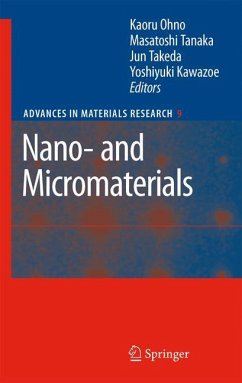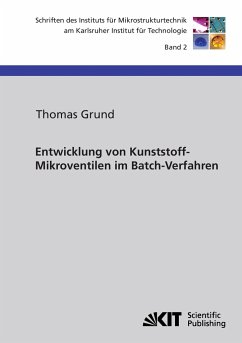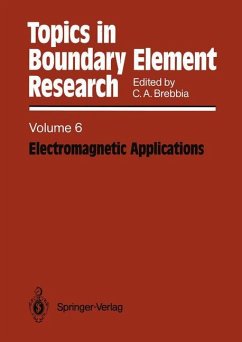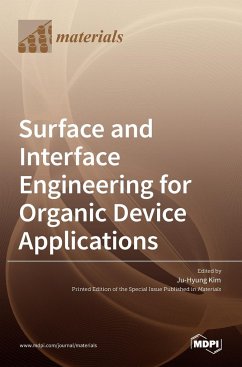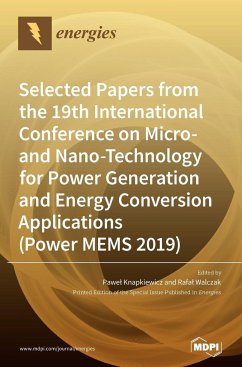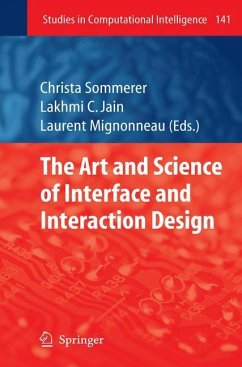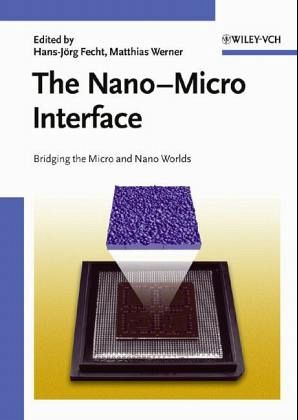
The Nano-Micro Interface
Bringing the Micro and Nano Worlds Together
Herausgegeben: Fecht, Hans-Jörg; Werner, Matthias

PAYBACK Punkte
52 °P sammeln!
Nanostrukturelle Funktionseinheiten wie DNA-Computer, Sensoren, neuronale Schnittstellen, nanooptische oder molekularelektronische Bauelemente müssen nahtlos mit ihrer Umgebung, der "großen" Mikroelektronik, verknüpft werden. Nano- und Mikrowelt in dieser Weise zu verbinden ist eine Herausforderung für Forscher und Ingenieure, die interdisziplinäre Herangehensweisen verlangt.
Die Herausgeber dieses Buches haben hochaktuelle Beiträge zusammengetragen, die sich mit dem gesamten Themenspektrum von Werkstoffen über Bauelemente bis zu technologischen Strategien beschäftigen.
Die Herausgeber dieses Buches haben hochaktuelle Beiträge zusammengetragen, die sich mit dem gesamten Themenspektrum von Werkstoffen über Bauelemente bis zu technologischen Strategien beschäftigen.
Two exciting worlds of science and technology - the nano and micro dimensions. The former is a booming new field of research, the latter the established size range for electronics, and for mutual technological benefit and future commercialization, suitable junctions need to be found.
Functional nanostructures such as DNA computers, sensors, neural interfaces, nanooptics or molecular electronics need to be wired to their 'bigger' surroundings. Coming from the opposite direction, microelectronics have experienced an unprecedented miniaturization drive in the last decade, pushing ever further down through the micro size scale towards submicron circuitry. Bringing these two worlds together is a new interdisciplinary challenge for scientists and engineers alike - recognized and substantially funded by the European Commission and other major project initiators worldwide. This book offers a wide range of information from technologies to materials and devices as well as from research to administrative know-how collected by the editors from renowned key members of the nano/micro community.
Functional nanostructures such as DNA computers, sensors, neural interfaces, nanooptics or molecular electronics need to be wired to their 'bigger' surroundings. Coming from the opposite direction, microelectronics have experienced an unprecedented miniaturization drive in the last decade, pushing ever further down through the micro size scale towards submicron circuitry. Bringing these two worlds together is a new interdisciplinary challenge for scientists and engineers alike - recognized and substantially funded by the European Commission and other major project initiators worldwide. This book offers a wide range of information from technologies to materials and devices as well as from research to administrative know-how collected by the editors from renowned key members of the nano/micro community.





